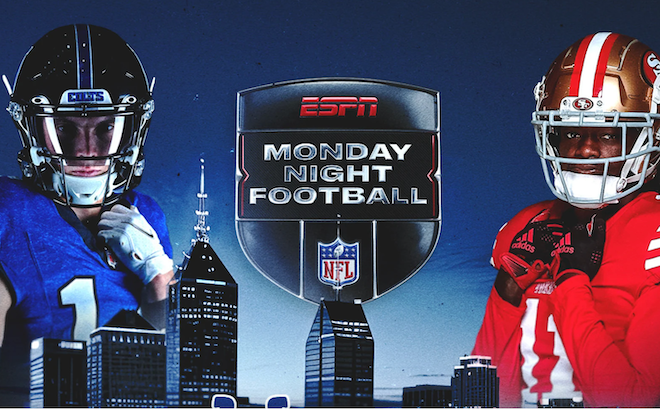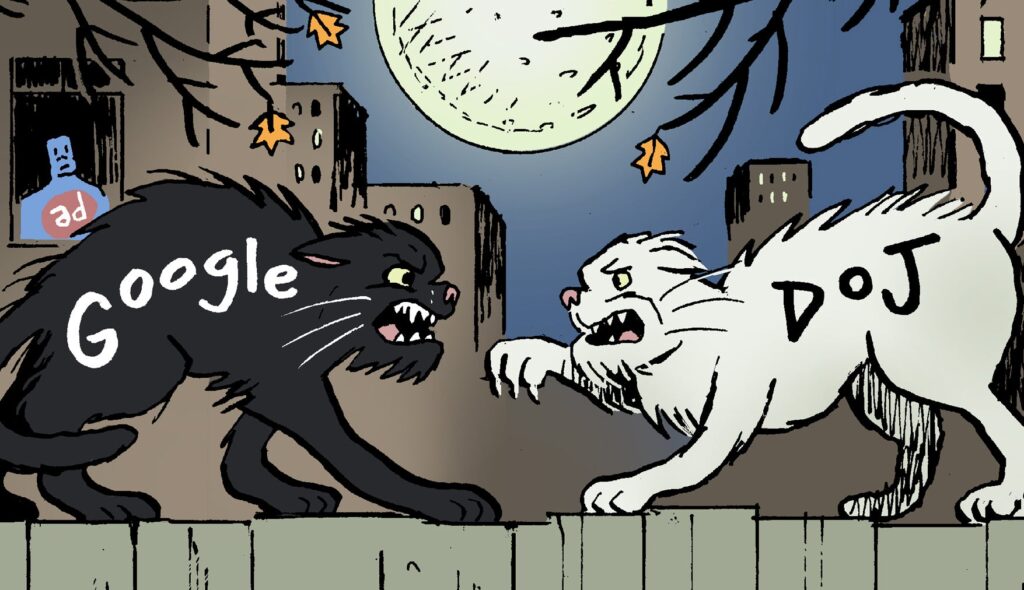A strong email marketing strategy has a lot of moving parts. When do you send? How often do you send? What is a good call to action? Here’s seven tips.
1. Frequency: How Many Emails to Send?
When manually sending emails, sales reps often stop reaching out after two or three attempts. According to LeadGenius data, eight email sequences are right in the sweet spot and 36.2% of the positive replies come after the third send. To ensure that every lead gets the same treatment, many companies automate their email outreach efforts using a technology solution that is easily scalable. With these sorts of solutions, it ensures that every lead gets the same treatment, and that each account or contact gets 3-8 follow-up emails.
2. Cadence: How Should You Space Out Follow-up Emails?
For a company with a 90-day sales cycle, your cadence might be spread out over 50 days until you hit the eighth email outreach. As soon as a prospect responds at any point in this sequence, they should be removed. And, a positive response goes directly to a sales development rep or account executive for further development. A negative response should be remove the prospect from future outbound workflows.
3. Day of Week and Time of Day: When Should You Send Emails?
Before you send out emails, first research your audience. You should who they are, where they fall in the company hierarchy, when they may have free moments in the day, and when they are most likely to check work email. If you find these questions difficult to answer or there is no clear trend, then you either don’t know your audience as well as you should or your campaign does not have cohesive targeting.
The only objective way to determine the optimal time to send to a given audience is by looking at the data. And, unless your data tells you otherwise, it is best to send emails during business hours.
4. Messaging Tips: How Long Should the Email Be?
Outbound emails should be short and to the point. There is no firm limit to character count, but if your email exceeds 100 words, you are drifting into no-man’s land. Because 20-50% of outbound emails will be opened on a mobile device, every message should be simple enough to digest at a glance. And, read your emails aloud before you send them. You might be surprised how different they sound read aloud.
5. Calls To Action: What is an Effective CTAs
Outbound emails should have a single call-to-action. In most outbound scenarios, the desired call-to-action is an email reply. Email replies are the most direct and reliable way to gauge interest. The email should ask a single yes/no question, “Are you interested?” The details can be hashed out later. A simple “yes” means this person is now in your pipeline. If the prospect does not respond to your first email, you can use content in subsequent emails to offer additional value. The more targeted and high quality the content, the more likely the lead is to engage with it.
6. What’s A Good Open Rate?
A good open rate is an open rate that’s better than your last. You goal should not be to match benchmarks, but to start somewhere and improve from there. The only way to improve is to better know your audience, test, and iterate. While MailChimp and Constant Contact publish their basic metrics for broad industry categories every couple of months, they’re not exactly arbitrary, and frankly they will not help inform your strategy.
7. How to Reduce Email Bounce Rate
Emails bounce for a variety of reasons, including increasingly aggressive spam filters, sender reputation and database decay. But if your lead data is good, your bounce rate should stay manageable—under 3%. Over the life of a campaign, outbound email bounce rates will decrease because undeliverable emails are weeded out with each send. Marketing emails typically maintain a baseline bounce rate because lists are continually replenished with new emails of varying quality.
William Wickey is the senior manager of content and media strategy at LeadGenius.
Related Articles:
3 Tips to Get Those Holiday Marketing Emails Opened
Millennials Still Favor Email: Survey
The Challenges of B2B Email Engagement



